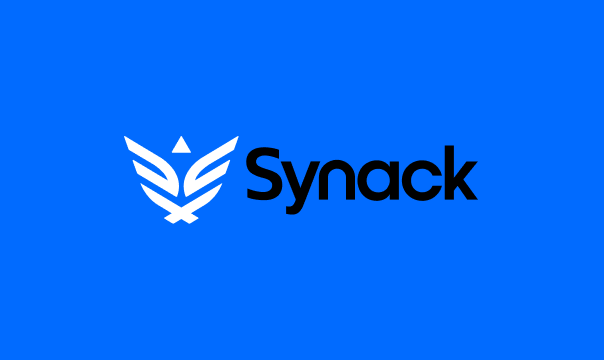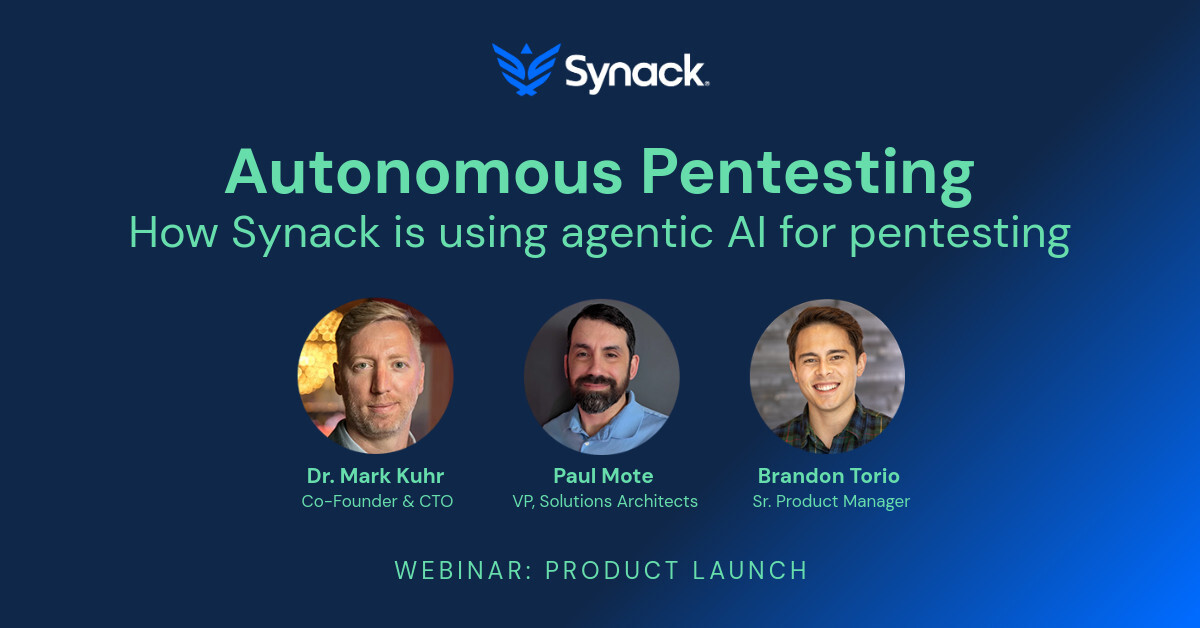As agentic AI technologies, large language models (LLMs) and GenAI tools take the spotlight, a new open-source protocol sits backstage to facilitate seamless communication and data exchange among LLMs and various applications: the Model Context Protocol (MCP). But what exactly is MCP, and more importantly, what are the security implications of its widespread use?
At its core, MCP is designed to allow LLMs to directly connect with and pull contextual data from other applications and systems. This enables AI models to operate with a richer understanding of specific workflows, user data and business logic, leading to more accurate and relevant outputs. For instance, an open-source platform like 1Panel uses MCP to manage websites, files, containers, databases, and LLMs on a Linux server.
However, this powerful integration comes with a catch: Security challenges. Just as modern web APIs transformed application development and enabled internet-scale integrations, they also introduced new attack vectors and vulnerabilities that security teams had to rapidly adapt to.
Consider the parallels: A few years ago, the explosion of APIs meant that organizations had to rethink their security strategies to protect these new, often publicly exposed, endpoints. Incomplete access control, improper validation and misconfigurations became critical vulnerabilities that attackers exploited to gain unauthorized access, exfiltrate data or disrupt services.
A similar pattern has played out with MCP. For example, Asana recently fixed a vulnerability in an experimental MCP server feature that could have allowed unauthorized access to data belonging to other organizations. This particular bug was a logic flaw that yielded cross-tenant access, highlighting the dangers of incomplete access control enforcement in MCP implementations.
SANS Technology Institute president Ed Skoudis called the Asana episode “the proverbial tip of the iceberg for MCP attacks[.]”
“Look for many, many more of these in coming years. And for our penetration testing friends out there – get smart on this stuff fast and integrate it into your testing regimen. You’ll need it!” he added.
Emerging MCP Security Concerns
Excessive or improperly configured access rights in AI features enabled with MCP pose another risk. Tool poisoning – a form of indirect prompt injection attack — can cause AI models to interpret (and execute) malicious instructions fed up through an MCP.
To mitigate these risks, organizations adopting MCP must:
- Implement Strict Access Controls: Ensure that only authorized LLMs and users can access specific data through MCP, with granular permissions based on the principle of least privilege.
- Validate All Inputs and Outputs: Rigorously validate data flowing through MCP to prevent injection attacks, data manipulation or other malicious activities.
- Regularly Audit and Monitor: Continuously monitor MCP traffic and access logs for anomalous behavior, unauthorized attempts and potential exploits.
- Secure the Underlying Infrastructure: Just as any new software depends on the security of the servers and networks hosting it, secure MCP implementations count on robust defenses built around them.
- Stay Updated on Vulnerabilities: Keep in-the-know when it comes to new vulnerabilities and patches related to MCP implementations and the LLMs they interact with.
The Model Context Protocol is a powerful enabler for the next generation of AI-driven applications. However, organizations must approach its adoption with a strong security mindset. Proactive security measures, continuous monitoring and a deep understanding of the potential attack surface are crucial to harnessing the benefits of MCP while safeguarding sensitive data and systems. Ignoring these security aspects could turn this revolutionary technology into a significant liability.


